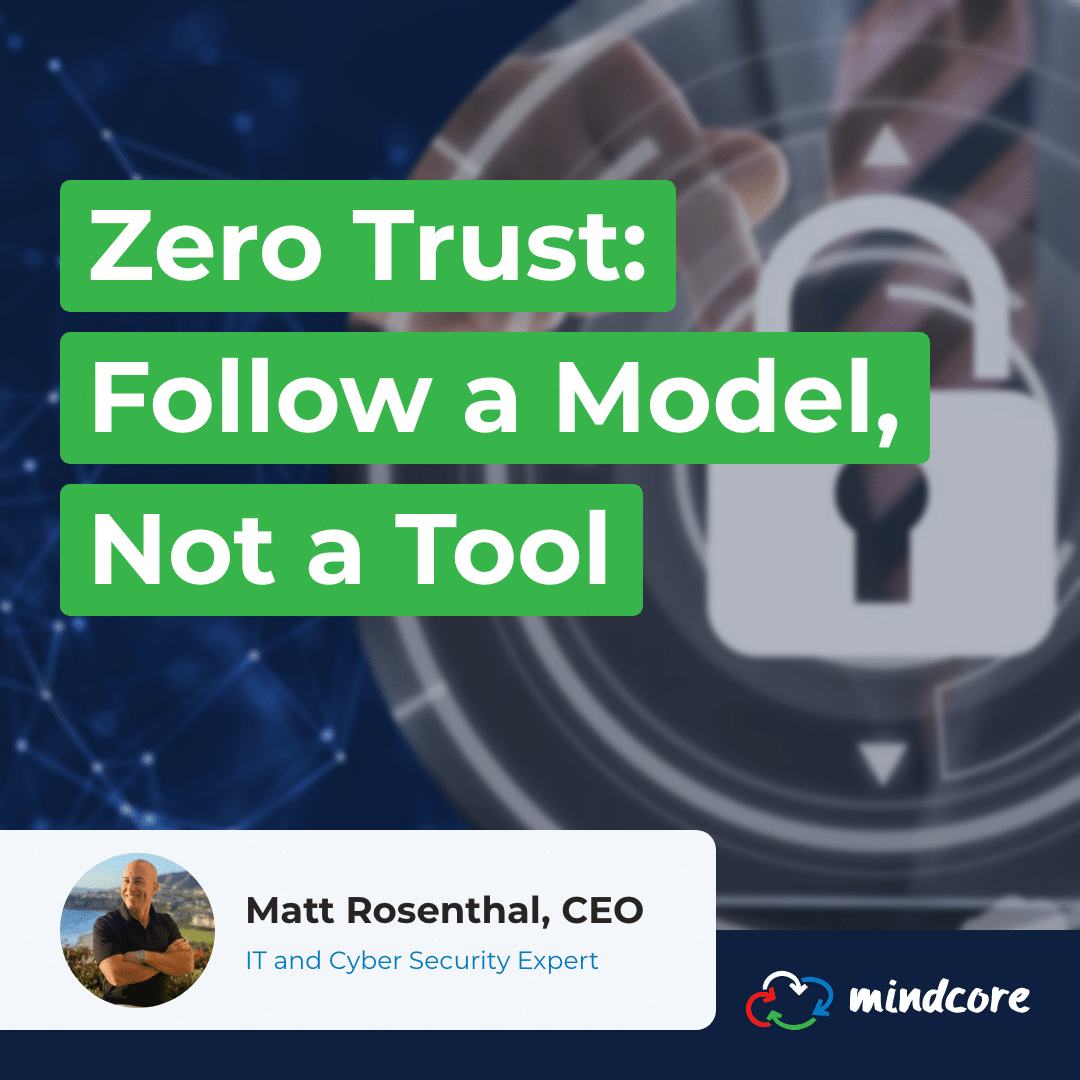The Zero Trust Network, or Zero Trust Architecture, model was created in 2010 by Forrester Research principal analyst John Kindervag. Now, more than a decade later, CIOs, CISOs, and other corporate executives are implementing Zero Trust as the technologies that support it move into the mainstream and cyber attacks become more sophisticated. Zero Trust is a complete departure from the castle-and-moat concept, where implicit trust was the norm and networks were protected by firewalls, VPNs, and web gateways. A Zero Trust model trusts no one and nothing.
What is Zero Trust?
Zero Trust is an IT security model that requires strict identity verification for every person and device attempting to access resources on a private network. Zero Trust gained relevance in security circles due to the sudden rush to remote work in 2020, which exposed the flaws of the implicit trust model. It became clear that hijacking users via employee VPNs was the key to entering the firewall.
Zero Trust helps with compliance auditing and offers better insight into networks. The model also utilizes microsegmentation — the practice of breaking up security perimeters into small zones to maintain separate access for separate parts of the network. This prevents an intruder from gaining access to everything.
The biggest challenge to adopting this security model is legacy. Older authentication protocols, tools, apps, and other resources may be difficult to integrate into a Zero Trust architecture. Organizations no longer have their data in just one place; information is often spread across multiple locations and devices using the cloud. That’s why they’re being pushed to replace their legacy systems with more robust and comprehensive security.
New Thinking With Today’s Tools
Zero Trust isn’t a product. It’s a holistic approach to network security that incorporates several principles and technologies. The main principles behind Zero Trust security include continuous monitoring and validation, least-privilege access, device access control, microsegmentation, and multi-factor authentication. Zero Trust security means that no one is trusted by default from inside or outside the organization, and verification is required from everyone trying to gain access to the network.
We need a cultural pivot — a paradigm shift in how we think about cyber security. A Zero Trust model is dynamic and constantly changing. After your system verifies the user and device and assures minimum access, it’s vital to monitor, learn, and adapt. That means Zero Trust is a growing, adaptable process.
Trust No One
When it comes to Zero Trust, employees, user devices, data sources, and services all have the same status — the system does not let them in by default. Instead of a set-it-and-forget-it method, authentication should be applied each time a new access request is made. Real-time visibility into user IDs, device behavior, device credential privileges, device location, app update status, and other attributes is key.
Additionally, the Zero Trust mindset reduces the role of the perimeter. In the old castle-and-moat model, organizations focused on defending their perimeters while assuming everything already inside didn’t pose a threat and therefore was cleared for access. Today’s IT departments require a new way of thinking because, for the most part, the castle no longer exists in isolation as it once did. Although it may seem like a big change, it’s just a matter of using today’s tools differently.
Implement Zero Trust Security with Mindcore
Mindcore provides expert cyber security services for companies in New Jersey and Florida, including the implementation of Zero Trust security. After a thorough evaluation, we will work with you to find the most cost-effective and reliable solutions for your IT infrastructure. Keep your data safe and schedule a consultation with our team today!

